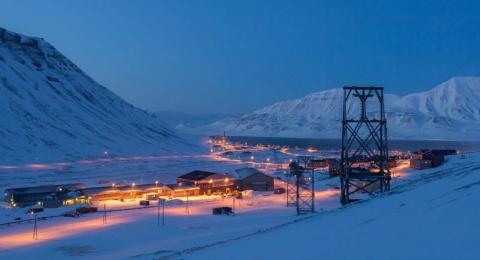The second lecture by Alexander Evdokimov “Svalbard Archipelago as a case for the international cooperation over sustainable Arctic”

On September 14, 2021 the lecture by Alexander Evdokimov, PhD, Professor of the Saint-Petersburg Mining University on “Svalbard Archipelago as a case for the international cooperation over sustainable Arctic” was held within the SUNRAISE/ACT! webinar series to show how the sustainability of Svalbard Archipelago is maintained by Norway and High Contracting Parties according to the Treaty signed in Paris on February 09, 1920.
Svalbard is a Norwegian archipelago in the Arctic Ocean. Located on top of the world, it contains endless areas of unspoilt, raw Arctic wilderness and permafrost. Svalbard consists of all the islands, islets and skerries between 74° and 81° north latitude and 10° and 35° east longitude.
Although Svalbard belongs to the Kingdom of Norway, two settlements in the archipelago are mostly populated by Russians and Ukrainians. Around 450 people live in the modern mining community of Barentsburg, while fewer than 10 live in the Soviet ghost town of Pyramiden.
In 1987, the World Commission on Environment and Development (WCED), which had been set up in 1983, published a report entitled «Our common future». The document came to be known as the «Brundtland Report» after the Commission's chairwoman, Gro Harlem Brundtland. It developed guiding principles for sustainable development as it is generally understood today.
The Brundtland Report stated that critical global environmental problems were primarily the result of the enormous poverty of the South and the non-sustainable patterns of consumption and production in the North. It called for a strategy that united development and the environment – described by the now-common term «sustainable development». Sustainable development is defined as follows: «Sustainable development is development that meets the needs of the present without compromising the ability of future generations to meet their own needs».
Full lecture is available on SUNRAISE YouTube Channel (in Russian).


